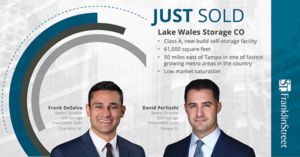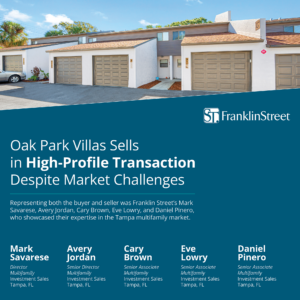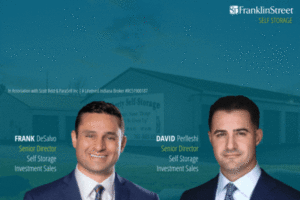Note: This article was originally published in Wealth Management Real Estate’s 2021 Midyear Outlook. Read the e-edition here.
By Garet Marr, Senior Director, Insurance Services
We are in the most challenging insurance market in recent history. Halfway into 2021, conditions in the overall market have not improved and are continuing to tighten.
The hard market is substantially impacting the multifamily sector, especially relating to portfolios with significant losses and low insurable values. However, it is not all doom and gloom in the insurance
market. Premium increases have begun to slow, and some markets have begun to stabilize. While more positive changes are hopefully in our future, all owners should take following considerations into account while navigating the current market:
PROPERTY
The hard insurance market traces back to 2017 when the industry was in a soft market with rates at a 15-year low. Property carriers struggled to underwrite accounts profitably due to an increasing volume of losses from fire, water damage, hail and wildfire claims, amounting to over $150 billion of insured losses in 2017 and 2018. This caused carriers to stop writing real estate accounts, reduce their capacity and increase rates.
Today, increases within the property market contribute to higher Wind/Hail and AOP Deductibles. Expensive Deductible Buy Back policies have many owners forgoing this option. Acquisitions have also become a point of contention between owners and insurance companies. More and more, we are seeing new purchases placed on individual policies that likely provide significantly lower retentions.
HISTORICAL RATES AND LOSSES

When capacity is in short supply and demand is high, carriers can dictate pricing and terms, resulting in higher premiums, higher deductibles and lower coverage. The graph above demonstrates why a change in the property market was inevitable, as it compares historical property rates to insured losses. 2021 loss numbers are still to be determined. The Texas winter freeze and increased hurricane activity will potentially be huge driving factors in the market.
LIABILITY
Excess liability continues to be a major challenge. Insureds are receiving increases of 100 percent to 300 percent on this line of coverage and owners are purchasing lower limits. This is due to the frequency and severity of rising claims, social inflation and rising nuclear verdicts. Further, many of the large jury verdicts we saw pre-COVID-19 have not been determined due to a backlog of cases. The impact of these verdicts on carriers in the marketplace are still unknown.
Exclusions within the liability market remain a concern. Carriers are seeking to exclude coverage for Assault and Battery claims and/or negligent maintenance and management operations (Habitability Exclusion). This “frequency of severity” impairs underwriting performance in both primary and excess casualty (aka umbrella).
Additionally, the biggest factor contributing to the hard general liability market is the lack of consistency from competitive carriers. As liability claims continue to rise, many carriers are leaving the market, and those left are tightening their appetite substantially.
OBTAINING THE BEST RESULTS
Carriers are seeking to write “best-in-class” risks and are increasingly underwriting based on operations and investment philosophy. This means it is extremely important to provide detailed information on ownership experience, risk management, preventative maintenance, investment philosophy, CapEx budgets, replacement reserves and inspection processes. Working with your broker to procure as many details about your portfolio as possible will put you in the best position to negotiate with carriers in the marketplace. Although compiling this level of detail takes time, it is necessary to differentiate your portfolio in the marketplace and obtain the most favorable outcomes.





